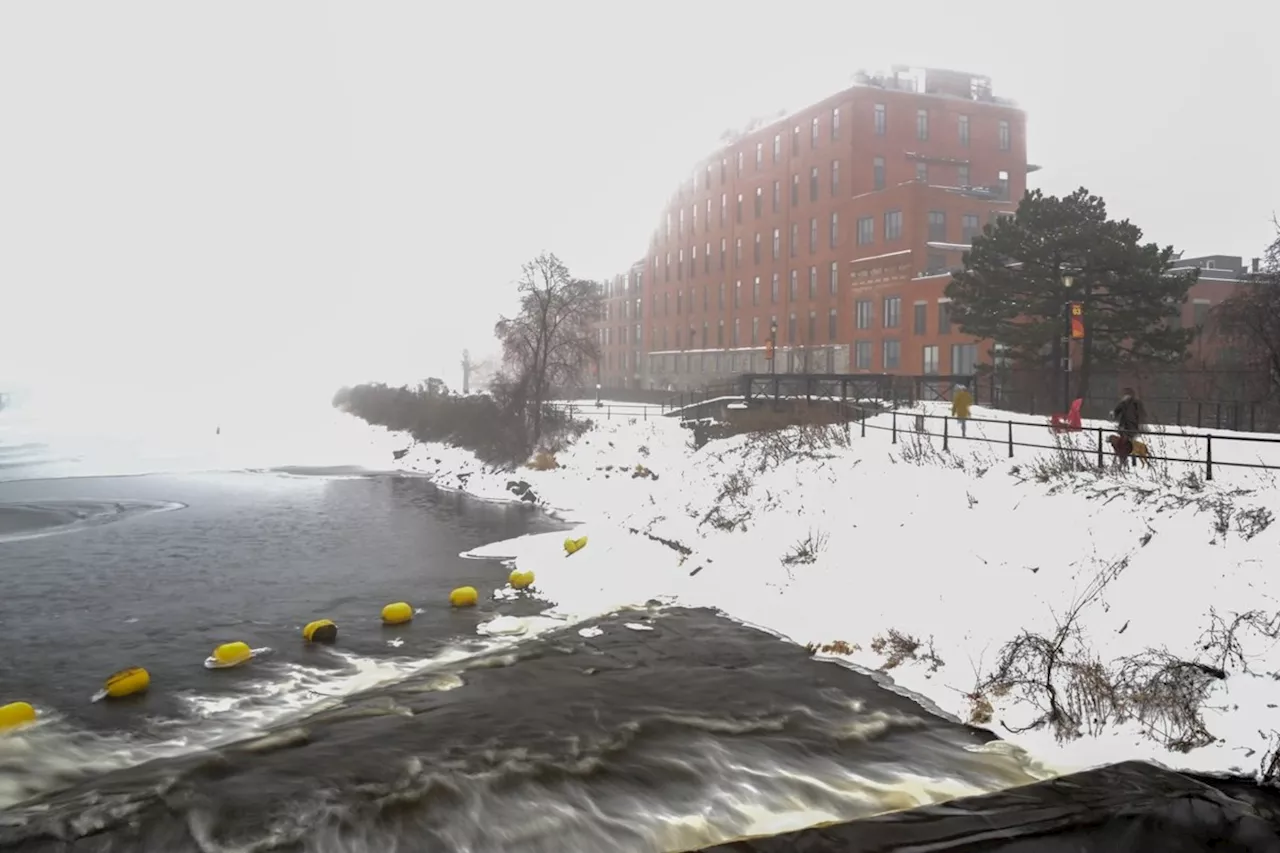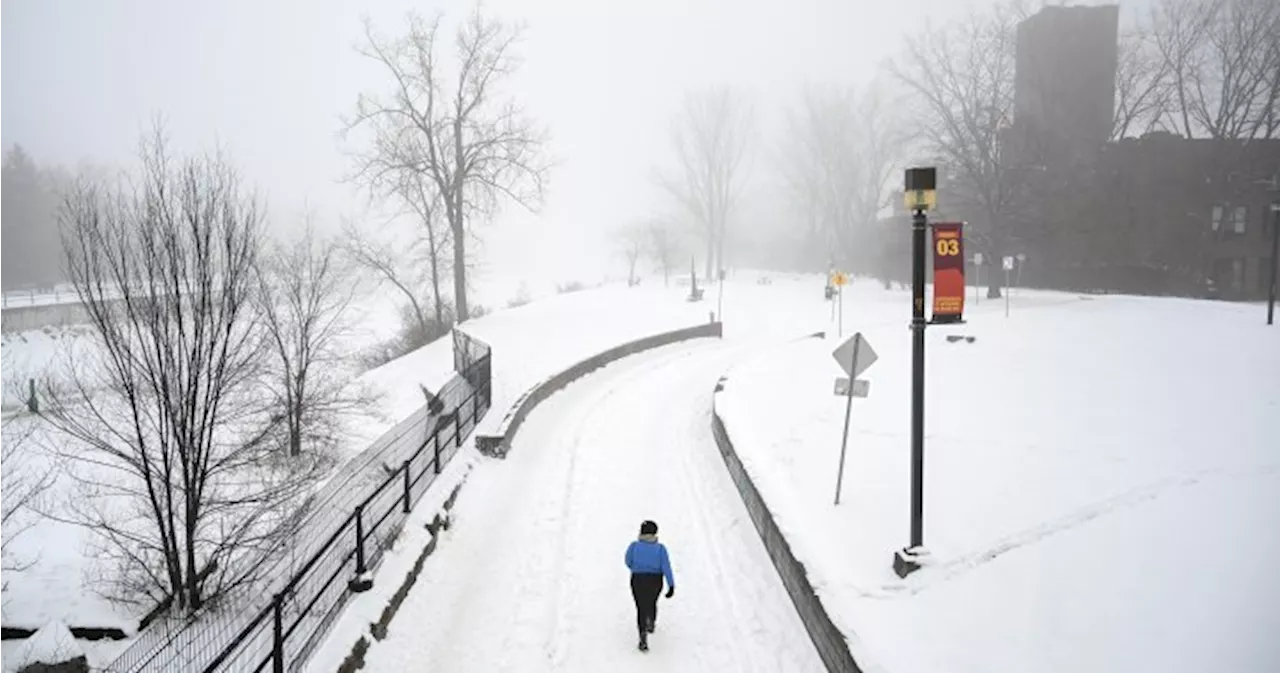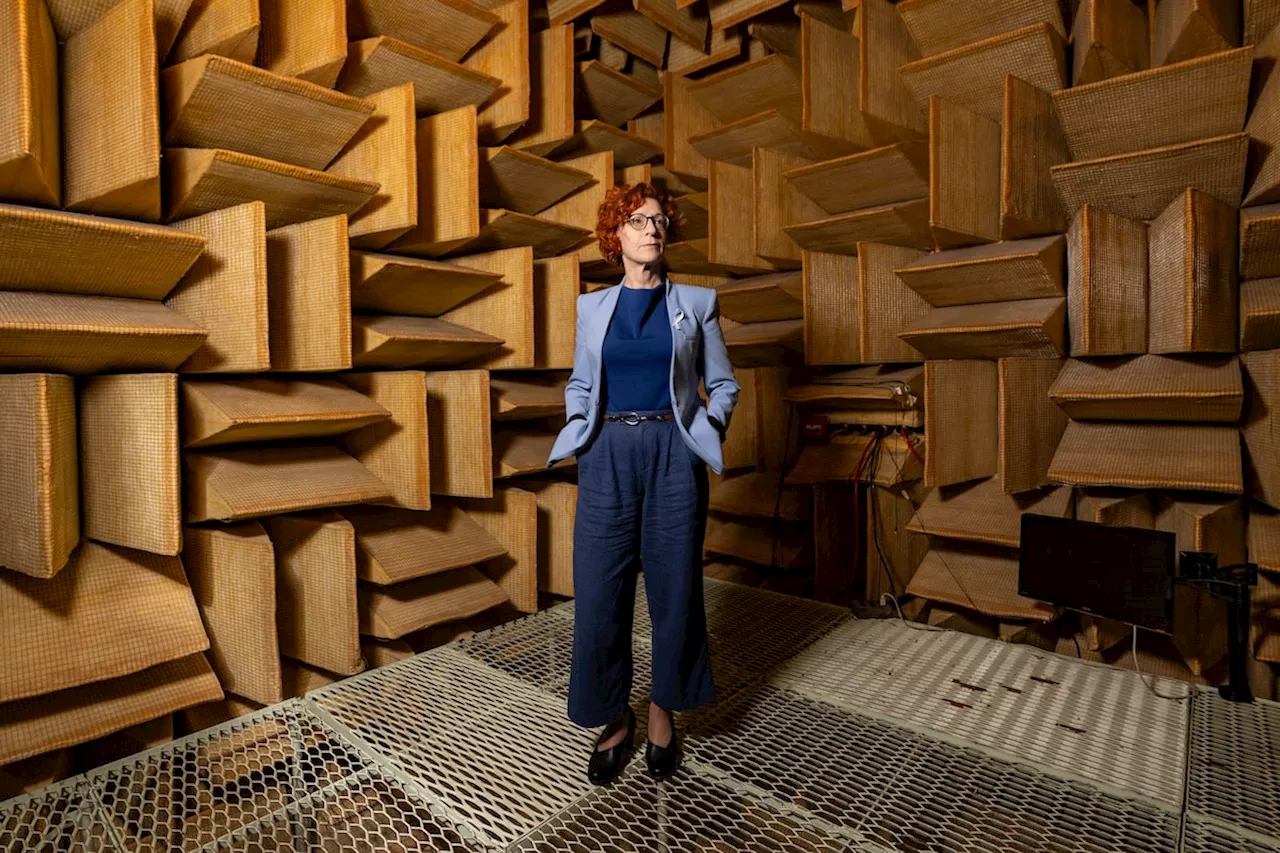This article explores the history of Montreal's Lachine Canal, highlighting its transformation from an industrial hub to a popular urban space. The canal serves as a microcosm of Montreal's evolution, showcasing both its pride and ongoing debates about development.
It used to be that on New Year’s Eve, people living along Montreal ’s Lachine Canal would throw open their doors to hear the nearby factories blow their horns when the clocks struck midnight. That's one of the stories historian Steven High has heard over and over again from people who lived in the working-class neighbourhoods that bordered the canal.
Most of those factories are gone now, and today’s canal, lined by bike paths and loft condos, would be largely unrecognizable to a time traveller from the 1940s. There are certain landmarks that remain, familiar to many Montrealers — the neon-red Farine Five Roses sign near the Old Port, for example, or the decaying Canada Malting silos further west. But the Lachine Canal, which marks its 200th anniversary this year, is ever-changing. Over two centuries, it has been transformed from an industrial thoroughfare to a neglected backwater to a prime example of urban gentrification. The canal is both an emblem and a microcosm of Montreal, a source of pride and debate. “It’s a place where these forces are most visible in Montreal,” said High, a professor at Concordia University. “You go to the canal … and you can see the city changing before your eyes.” The idea of a canal to bypass the Lachine Rapids upstream from Montreal is almost as old as the city itself. But early attempts to build one, beginning in the late 17th century, ended in failure. It wasn’t until 1821 that work began in earnest, driven by Montreal merchants who wanted to turn the city into a commercial hub by opening a passage up the St. Lawrence River. They felt the threat of the Erie Canal, then under construction, which would connect the Great Lakes to the Hudson River and turn New York City into a major port. The 14-kilometre Lachine Canal, which opened in 1825, was built largely by Irish immigrants, who settled in the neighbourhood now called Griffintown, west of the old city
Lachine Canal Montreal History Urban Development Gentrification
Canada Latest News, Canada Headlines
Similar News:You can also read news stories similar to this one that we have collected from other news sources.
 Montreal's Lachine Canal: A Journey Through Two CenturiesThis article explores the history and transformation of Montreal's Lachine Canal, from its industrial roots to its present-day status as a symbol of urban gentrification.
Montreal's Lachine Canal: A Journey Through Two CenturiesThis article explores the history and transformation of Montreal's Lachine Canal, from its industrial roots to its present-day status as a symbol of urban gentrification.
Read more »
 From industrial highway to developer's paradise, Montreal's Lachine Canal turns 200MONTREAL — It used to be that on New Year’s Eve, people living along Montreal’s Lachine Canal would throw open their doors to hear the nearby factories blow their horns when the clocks struck midnight.
From industrial highway to developer's paradise, Montreal's Lachine Canal turns 200MONTREAL — It used to be that on New Year’s Eve, people living along Montreal’s Lachine Canal would throw open their doors to hear the nearby factories blow their horns when the clocks struck midnight.
Read more »
 Lachine Canal Celebrates 200th Anniversary, Reflecting Montreal's EvolutionThe Lachine Canal, a historic waterway marking its bicentennial, symbolizes Montreal's transformation from industrial hub to urban center. From factories to bike paths, the canal’s story mirrors the city’s growth and change.
Lachine Canal Celebrates 200th Anniversary, Reflecting Montreal's EvolutionThe Lachine Canal, a historic waterway marking its bicentennial, symbolizes Montreal's transformation from industrial hub to urban center. From factories to bike paths, the canal’s story mirrors the city’s growth and change.
Read more »
 From industrial highway to developer’s paradise, Montreal’s Lachine Canal turns 200The 14-kilometre Lachine Canal, which opened in 1825, was built largely by Irish immigrants, who settled in the neighbourhood now called Griffintown.
From industrial highway to developer’s paradise, Montreal’s Lachine Canal turns 200The 14-kilometre Lachine Canal, which opened in 1825, was built largely by Irish immigrants, who settled in the neighbourhood now called Griffintown.
Read more »
 Recognizing ‘femicide’ 35 years after the Montreal Massacre at Polytechnique MontréalOn Dec. 6, 1989, a man motivated by a hatred of feminists shot and killed 14 women and injured 13 other people at the engineering school
Recognizing ‘femicide’ 35 years after the Montreal Massacre at Polytechnique MontréalOn Dec. 6, 1989, a man motivated by a hatred of feminists shot and killed 14 women and injured 13 other people at the engineering school
Read more »
 Sunday Night Read: 'Dawn — a symbol of fresh vitality and hope'This short story series submission is from Hui-Yu Chen of Coquitlam.
Sunday Night Read: 'Dawn — a symbol of fresh vitality and hope'This short story series submission is from Hui-Yu Chen of Coquitlam.
Read more »
